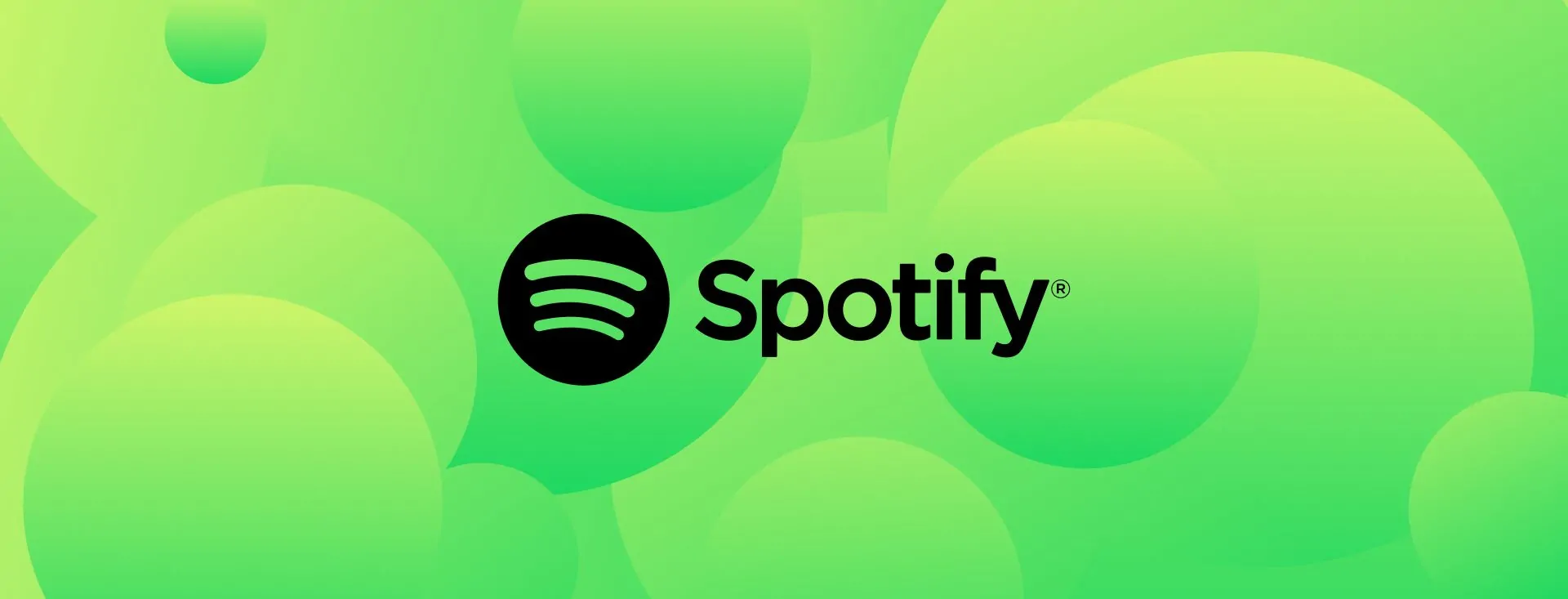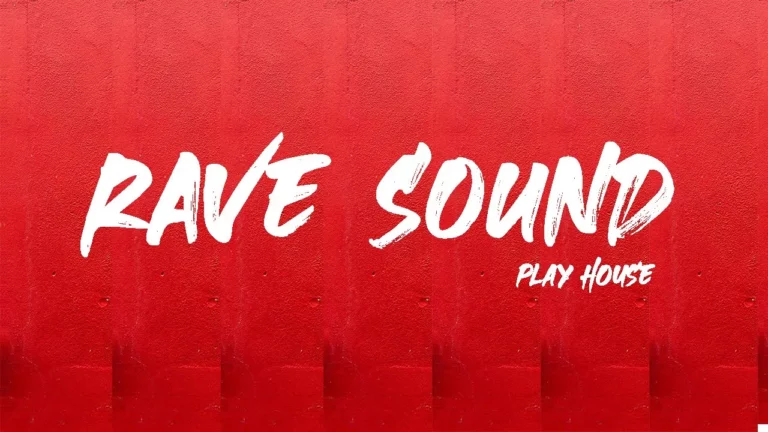Tour Dates | Shop | Contact
Spotify is the world’s largest music streaming platform, used by over 600 million users globally. One of its most visible features is the monthly listeners count on every artist profile. While intended to offer transparency and engagement metrics, many artists, producers, and industry professionals now question whether this number does more harm than good. Here’s why Spotify should consider removing or hiding monthly listener statistics—and how that change could benefit both artists and listeners.
1. It Encourages Shallow Listening Behavior
When users land on a new artist profile, one of the first things they see is the number of monthly listeners. This numerical bias shapes perception before the music even plays. Instead of letting people judge by sound or emotion, they unconsciously equate “low number” with “low quality” and move on. This is especially damaging for rising or independent artists still building their audience.
2. It Discourages Artistic Risk-Taking
Spotify’s monthly listeners metric pushes artists to prioritize trends over innovation. To retain or grow those numbers, many feel compelled to release algorithm-friendly tracks instead of exploring new sounds or taking creative risks. The pressure to maintain a number suppresses experimentation—which undermines long-term artistic development.
3. It Creates Mental Health Pressure for Artists
For many emerging artists, the number of monthly listeners becomes an anxiety trigger. Every drop or fluctuation can feel like a personal failure, especially when compared to peers. Just like social media “likes,” these metrics fuel a toxic comparison culture, distracting from what really matters: the music.
4. It Skews Industry Gatekeeping
Labels, curators, and booking agents often use monthly listeners as a benchmark to evaluate an artist’s worth. This can reinforce systemic inequality, as those with early boosts from major playlists gain more visibility, while equally talented independents are ignored due to smaller numbers. Removing monthly listeners would force decision-makers to dig deeper into content and actual audience engagement.
5. There Are Better Metrics That Respect Art
Spotify could offer private dashboards for artists to view their stats, similar to what YouTube does with YouTube Studio. For public-facing profiles, focusing on elements like:
- Most recent releases
- Fan playlists featuring the artist
- Number of followers (a long-term commitment metric)
would better showcase an artist’s journey without reducing them to a single fluctuating figure.
6. Listener Counts Are Often Misleading
Monthly listeners are not the same as active fans. A track might go viral on a workout or study playlist, generating passive listens from users who never even checked the artist’s name. This means that high numbers don’t necessarily reflect real engagement, and low numbers don’t mean the music lacks value.
Why This Change Matters for Independent Artists
Artists like Play House, for example, are gaining momentum with original afro house tracks, viral DJ mixes like this set, and a growing following across platforms like Spotify, YouTube, and SoundCloud. But until they hit a certain numerical threshold, many listeners may not give them a chance. Hiding monthly listeners would help level the playing field and let people discover artists based on sound—not stats.
Conclusion: Let the Music Speak First
Music discovery should be emotional, personal, and curious—not dictated by numbers. Removing Spotify’s monthly listener count would not eliminate data, but reframe how we experience and value music. By shifting the focus back to the sound, Spotify can empower artists to grow authentically and give listeners the freedom to explore without bias.



